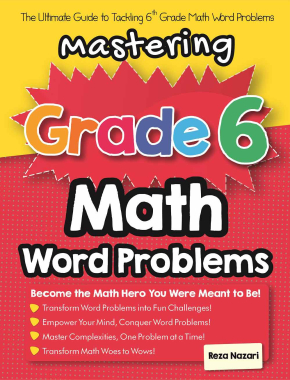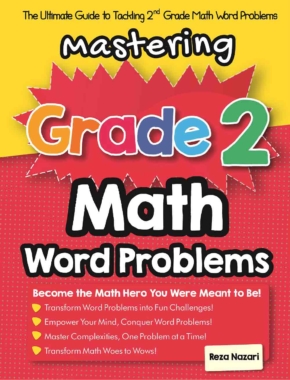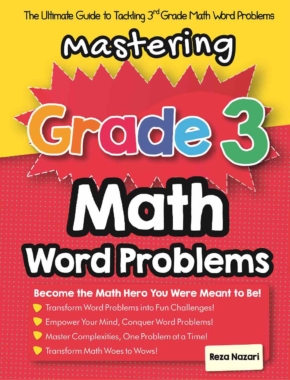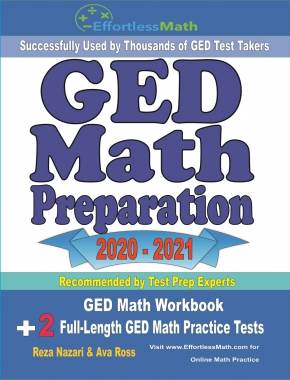10 Famous Math Problems and the History Behind Them

Mathematics has always been a fascinating field of study, nearly as old as humanity itself. Ancient civilizations like the Sumerians, Greeks, and Egyptians all contributed to known mathematical principles. Initially evolving from simple measurement, geometry, and arithmetic, mathematical advancement has pervaded most fields of study, taking an often abstract and complex form. For education statistics and research, visit the National Center for Education Statistics.
We’re about to explore 10 complex problems in math that have found no solution yet. We hope that this information might spur your love and curiosity for this amazing subject.
1. The Collatz Conjecture
The Collatz Conjecture, first posed by German mathematician Lothar Collatz in 1937, is one of the most deceptively simple yet unsolved problems in mathematics. It involves a basic iterative process:
- Start with any positive integer n.
- If n is even, divide it by 2.
- If n is odd, multiply it by 3 and add 1.
- Repeat the process indefinitely.
The conjecture theorizes that regardless of the initial number chosen, this process will always eventually lead to the value 1. While this has been verified for countless numbers, detailed proof has remained elusive. Terence Tao, a Fields Medalist and renowned mathematician, made significant progress in 2019 by proving a specific “density” result related to the conjecture. However, we’re still awaiting a complete revelation of the conjecture problem.
2. Goldbach’s Conjecture
Proposed by mathematician Christian Goldbach in 1742, this problem challenges our understanding of prime numbers and their distribution.
Goldbach’s Conjecture, formulated in a letter to the Swiss mathematician Leonhard Euler, is both simple and elusive: every even integer greater than 2 can be expressed as the sum of two prime numbers. For example, 4 = 2 + 2, 6 = 3 + 3, and 8 = 3 + 5. While this holds for a vast range of even numbers, a general proof that covers all cases has yet to be established.
3. The Twin Prime Conjecture
Another entry in number theory is the Twin Prime Conjecture. Twin primes are pairs of prime numbers that have a difference of 2. Examples include 3 and 5, 5 and 7, and 11 and 13.
The Twin Prime Conjecture posits that there are infinitely many such pairs. This conjecture is a fundamental question in number theory, a branch of mathematics devoted to the study of integers.
4. The Riemann Hypothesis
The Riemann Hypothesis, proposed by German mathematician Bernhard Riemann in 1859, deals with the Riemann zeta function. This function, denoted as ζ(s), plays a crucial role in number theory. For real values of s greater than 1, ζ(s) converges, meaning it approaches a finite value. However, when s is a complex number, ζ(s) becomes a bit more intriguing.
The central question of the Riemann Hypothesis is whether all non-trivial zeros of the Riemann zeta function have a real part equal to 1/2. In simpler terms, it examines the distribution of the zeros of this complex function.
While the hypothesis has been tested extensively and holds for many zeros, rigorous proof for all non-trivial zeros is yet to be discovered.
If all that is heating your brain cells and you’re thinking, “I need someone to do my essay quickly”, the rest of this article promises to be even more insightful.
5. The Birch and Swinnerton-Dyer Conjecture
The Birch and Swinnerton-Dyer Conjecture is concerned with elliptic curves, which are algebraic curves with remarkable properties.
First formulated in the 1960s by British mathematicians Bryan Birch and Peter Swinnerton-Dyer, this conjecture explores the relationship between the number of rational points on an elliptic curve and the behavior of its associated L-series.
6. The Kissing Number Problem
The Kissing Number Problem falls under Sphere Packing Problems. It asks how many spheres can touch another sphere of the same size in the tightest configuration, to efficiently fill the volume. While progress has been made in lower dimensions, higher dimensions remain a challenge due to computational limitations.
7. The Unknotting Problem
Knot Theory, a branch of topology, investigates the properties and classifications of knots. The Unknotting Problem within this field focuses on determining whether a given knot can be continuously deformed into a simple, untangled loop without any self-intersections. In essence, it examines the “unknowability” of knots.
8. The Large Cardinal Project
Georg Cantor, a German mathematician, revolutionized the field of set theory and infinity in the late 19th century. He established that not all infinities are equal; some sets are larger than others in a profound mathematical sense. Cantor’s work led to the concept of Large Cardinals. Large Cardinals are specific types of infinite cardinal numbers with applications in Set Theory.
Mathematicians have developed an intricate hierarchy of large cardinals, each surpassing the previous one in terms of size and complexity. Despite recent developments in the study of large cardinals, defining the largest possible large cardinal remains an ongoing challenge.
9. The Enigma of 𝜋+e
The constants 𝜋 (pi) and e are two of the most famous and important numbers in mathematics. While both 𝜋 and e are known to be transcendental numbers, the sum of 𝜋+e remains a mystery. This simple combination of two well-known constants defines classification as rational or irrational.
Pi represents the ratio of a circle’s circumference to its diameter and is approximately equal to 3.14159; e is the base of the natural logarithm, approximately equal to 2.71828. Both 𝜋 and e are known to be transcendental numbers, which means they are not the roots of any non-zero polynomial equation with rational coefficients.
Surprisingly, the sum of these two transcendental numbers, 𝜋+e, has not been definitively classified as either rational or irrational.
10. The Rationality of γ
The Euler-Mascheroni constant, represented by the symbol γ, is a mathematical constant arising in various contexts, particularly in number theory and analysis. Its numerical value is approximately 0.57721, and it can be expressed as the limit of the difference between the harmonic series and the natural logarithm as the number of terms in the series approaches infinity.
The nature of γ, whether it is a simple fraction or a more complex irrational number, continues to intrigue mathematicians and remains an open question in the realm of mathematical constants.
Wrapping Up
The complex nature of these 10 problems is highlighted by the fact that, despite decades of continuous study, solutions still evade mathematicians and researchers. Progress has been made in some areas such as the Goldbach and Collatz conjectures.
However, the intriguing nature of these problems serves to remind us of the mystery of mathematics and the limits imposed on us in this particular domain of abstract thinking and testing.
Related to This Article
More math articles
- 8th Grade M-STEP Math Worksheets: FREE & Printable
- How to Solve Multi-Step Inequalities? (+FREE Worksheet!)
- Accuplacer Testing Accommodations for Disabilities
- 7th Grade PEAKS Math Worksheets: FREE & Printable
- Derivatives Demystified: Everything You Need to Know
- Top 10 3rd Grade MAP Math Practice Questions
- Power Series Integration: Fundamentals, Step-by-Step Methods, and Applications
- FREE 3rd Grade MAP Math Practice Test
- FREE 3rd Grade Georgia Milestones Assessment System Math Practice Test
- Diving Deep with Division: How to Handle Four-digit Numbers with Two-digit Divisors


















What people say about "10 Famous Math Problems and the History Behind Them - Effortless Math: We Help Students Learn to LOVE Mathematics"?
No one replied yet.